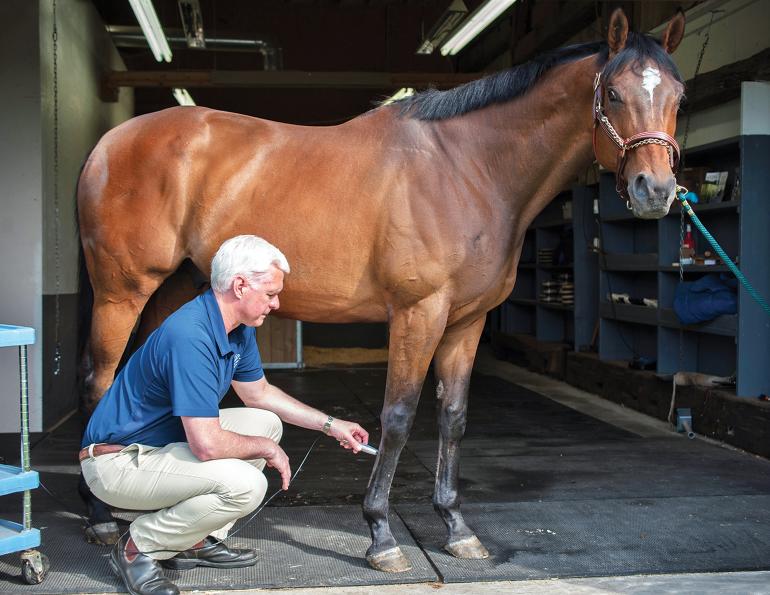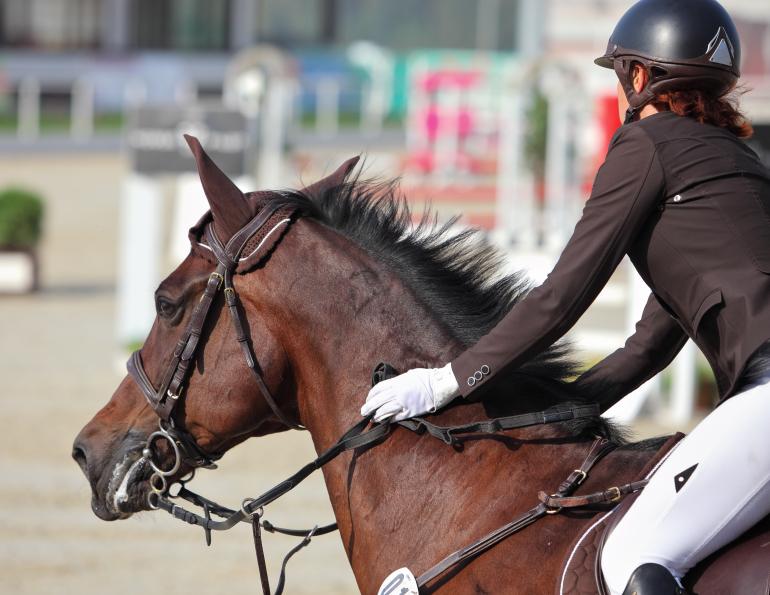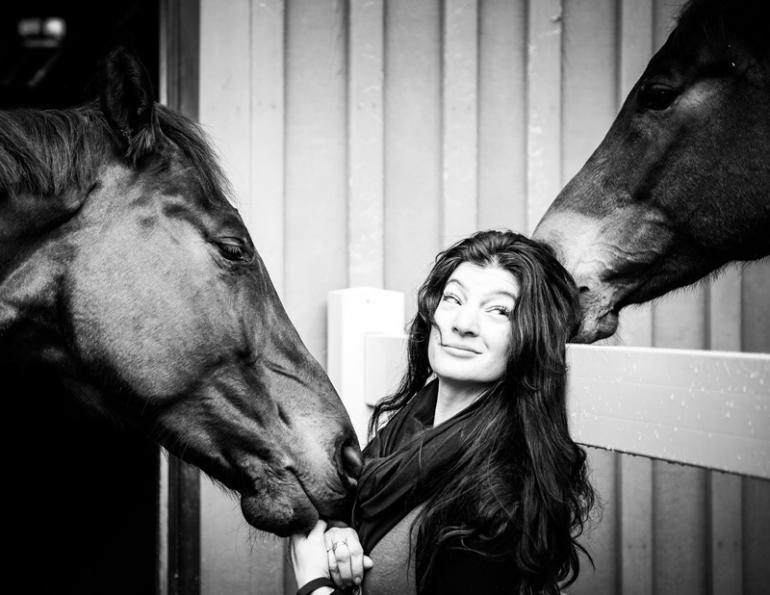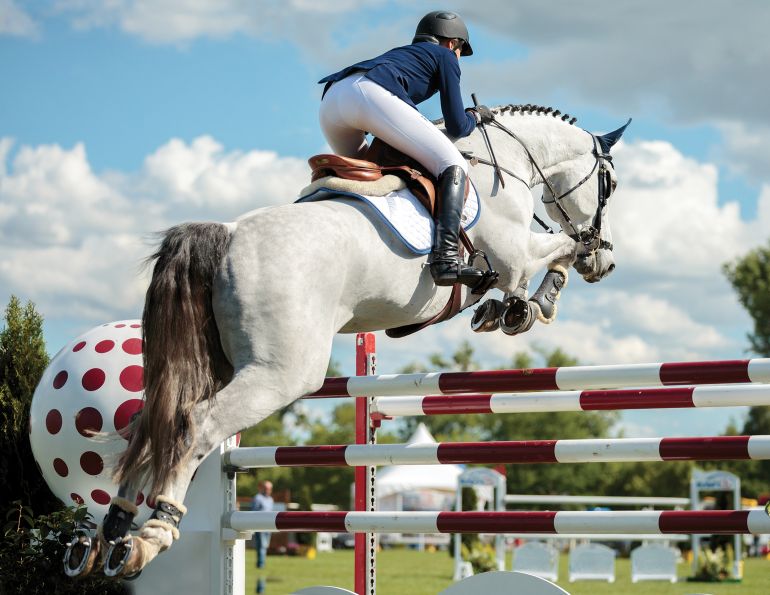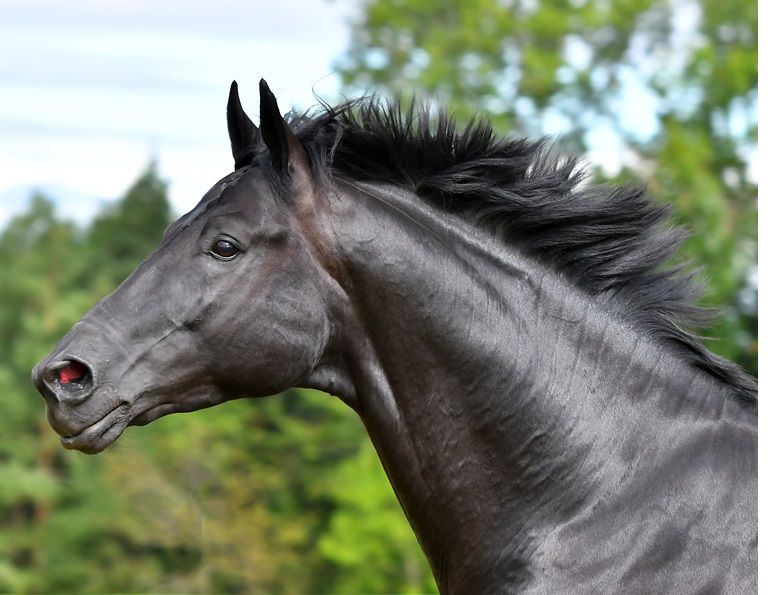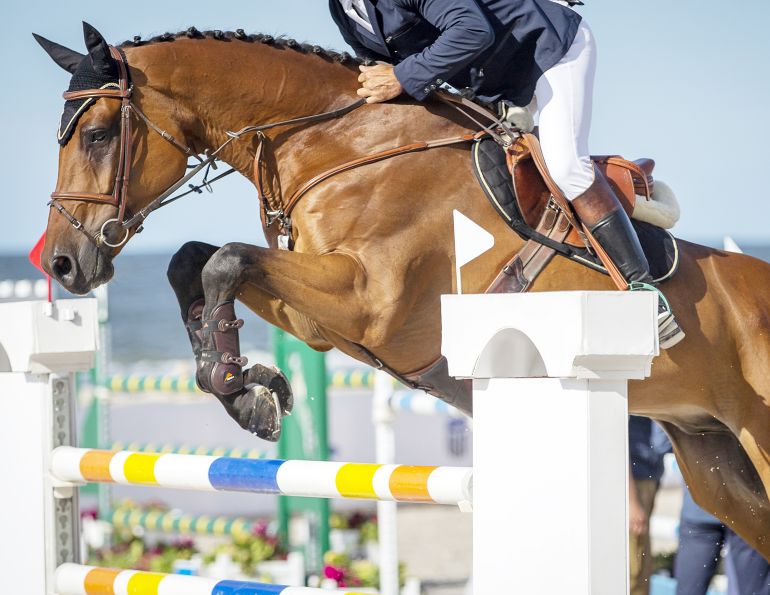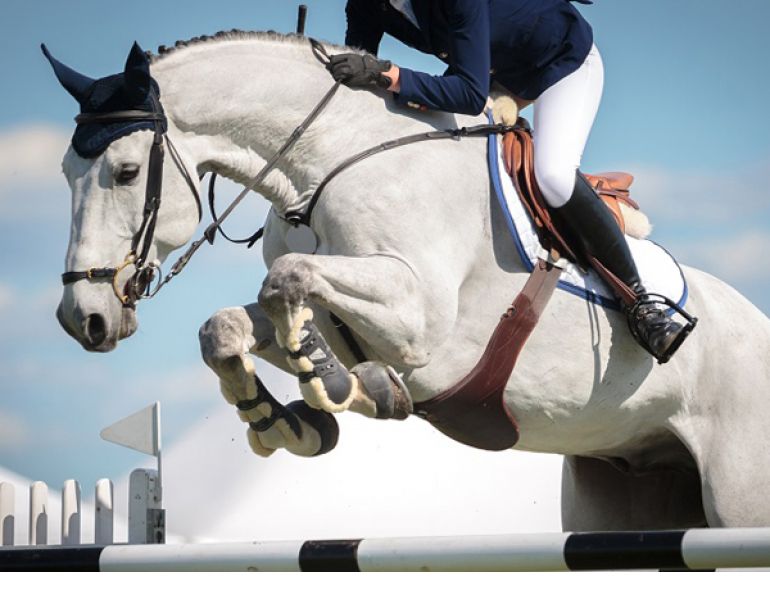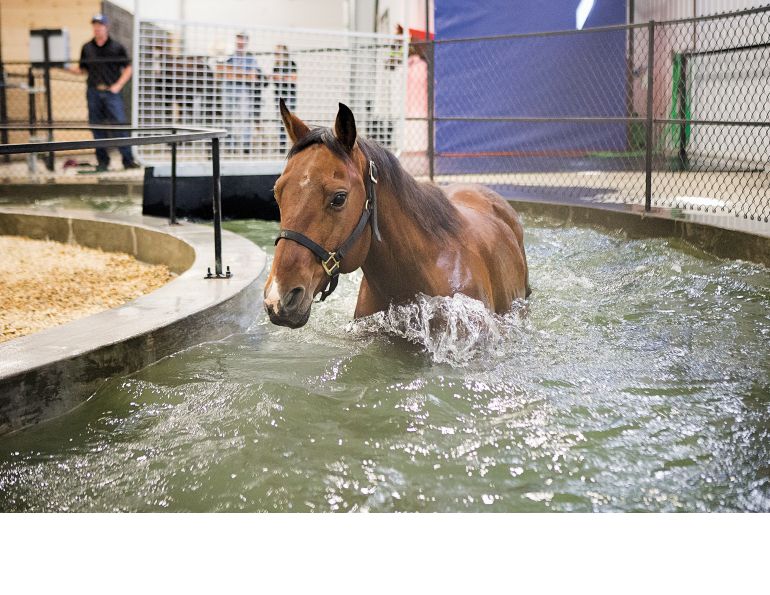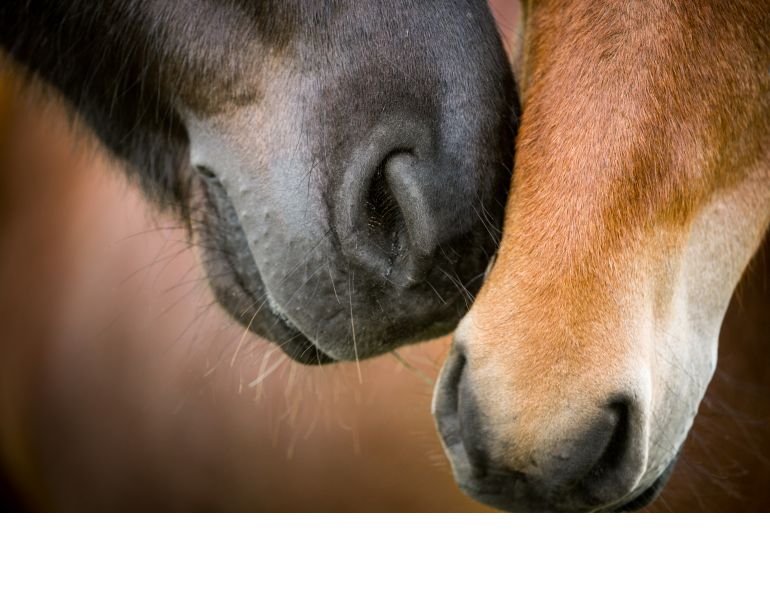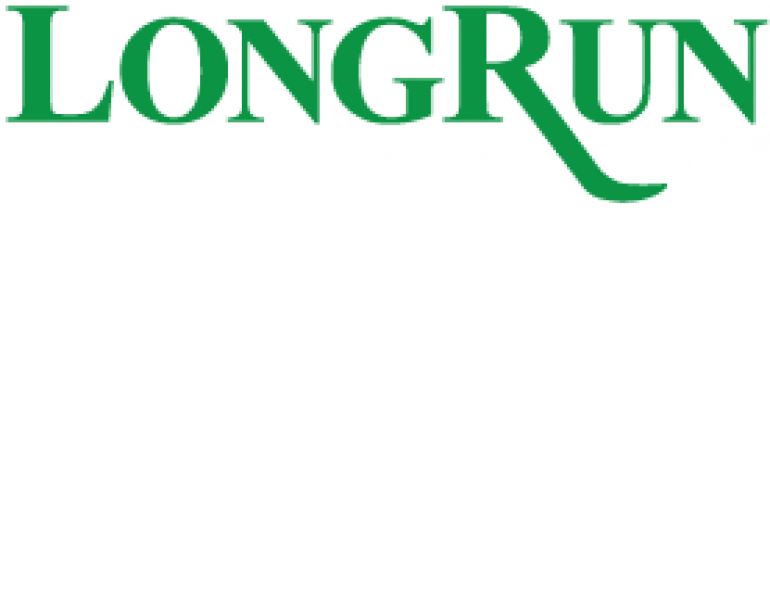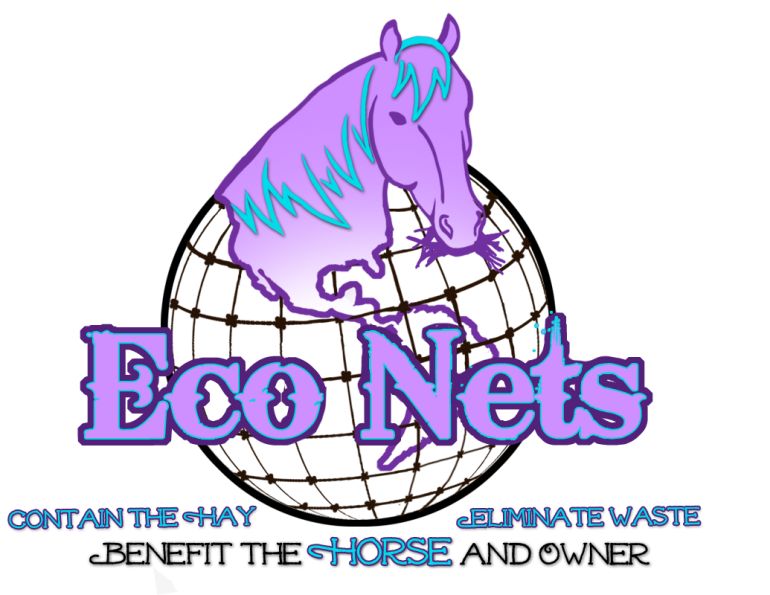An Explainer
By Tania Millen, BSc, MJ
“In sport horses, we see a lot of injuries,” says Dr. Sarah Malenchak, who owns Westhills Equine Veterinary Services in Stony Plain, Alberta. “But we want the horses feeling as good as possible as soon as possible so they can go back into work. Plus, we want them to heal properly, so they don’t reinjure themselves,” she says.
That’s where therapeutic tools and services come in. They improve healing, help manage pain, increase range of motion, improve muscle activation, and speed up rehabilitation. In layman’s terms, they help horses recover from injury, plus keep them happy and sound. But there’s a huge variety of therapeutic modalities — from cooling boots to warming blankets, massaging tools and other devices, plus hands-on work such as chiropractic, acupuncture, and massage — and they all do different things.
So how do riders choose what’s best for their horse? This explainer will help.
Assess First
“When you increase blood flow, you increase the healing rate, because the blood brings all the healing factors with it to the injured site,” Malenchak says.
She explains that therapy selection depends on the stage of an injury, what therapies are available, how much the horse owner can spend, and which therapies will be most effective at getting the horse back to work. When your horse is injured or has another problem, contact your veterinarian for an assessment. They can determine whether it’s a gait, lameness, or neurological issue, then recommend next steps and potential therapies. Some veterinarians provide laser therapy, chiropractics, or acupuncture services while others work with regional therapists. Vets may rent therapeutic devices, too.

By helping to improve circulation, break down scar tissue, and improve range of motion, massage plays a valuable role in the care and training of many equine athletes. Photo: Clix Photography.
Taking a team approach to veterinary problems is beneficial as well. Horse owners may also consult non-veterinary professionals such as graduates of the Equine Rehabilitation Certificate Program, physiotherapists with a Diploma in Equine Rehabilitation, massage therapists, chiropractors or osteopaths certified in equine work, and farriers.
For example, equine physiotherapists assess horses, massage their muscles, and mobilize their joints. But they also create rehabilitation programs to correct horses’ weaknesses and speed up their recovery, which in turn decreases the need for ongoing bodywork.
Miranda Shumborski is a human physiotherapist with training in equine physiotherapy. She’s based in Edmonton, Alberta and is currently completing a Diploma in Equine Rehabilitation from the Canadian Physiotherapy Association. Shumborski works with veterinarians, directly with horse owners, and alongside other bodyworkers and prefers to use therapeutic devices whose rehabilitative effects have been proven by scientific studies.
Malenchak and Shumborski both say there probably isn’t any harm in treating horses with therapeutic devices available from tack stores and independent distributors. But it’s also important to consult a veterinarian or other professional so that horse owners are not inadvertently treating a larger problem with a band-aid or “feel-good” solution.
Related: Serviceably Sound Horse - What Does It Mean?
“Make sure that you’re not spending weeks treating an undiagnosed problem, when you initially should have been doing something completely different,” says Malenchak. “If you don’t have a diagnosis of the severity of the injury you can miss the acute phase of healing.”
Therapeutic devices and services are best used as part of a comprehensive plan, too. For example, cold therapy and compression are often used together to reduce pain and swelling during acute phases of injury. They may be followed by heat therapy on other areas of the horse to improve elasticity of muscles, ligaments, and joints prior to rehabilitation exercises. Then electrical stimulation may be used to activate nerves and increase muscle contraction. Meanwhile, the overall rehabilitation plan may include manual therapies (such as massage and chiropractic) and therapeutic exercises for strengthening, stretching, and neuromuscular re-education.

Therapeutic exercises such as cavaletti and ground pole work, as well as riding up and down hills help return horses to full fitness. Photos: Clix Photography
Therapeutic Options
There are seven types of modalities:
- Manual therapies — These include acupuncture, chiropractic, farrier work, massage, osteopathy, and physiotherapy conducted by veterinarians or nonveterinary professionals including horse owners. They address specific problems plus whole horse health.
- Therapeutic exercises — These include “carrot stretches,” cavaletti and ground pole work, hill work, backing up, and more, while swimming, wading in pools, and walking on treadmills can increase exercise benefits. Exercises are generally used during later stages of healing or throughout longer-term rehabilitation programs to return horses to full fitness.
- Pain relief — These modalities are prescribed by veterinarians and include anti-inflammatory drugs, joint injections, and regenerative therapies. Regenerative medicine essentially involves collecting blood or tissue from the injured horse, harvesting portions of the tissue which reduce inflammation and induce healing, then reinjecting those portions back into the horse at the injury site to enhance healing.
- External coaptation — This includes bandaging and pressure bandages. Some devices (i.e., Game Ready®) provide both cooling and pressure treatment. These therapies support injuries, decrease inflammation, and hold other treatments in place. They’re available for retail purchase.
- Superficial heating and cooling agents — These include cold hosing, ice boots, cold water salt spa, poultices, sweats, ceramic and magnetic boots and blankets (i.e., Hansbo® and Back on Track® products), and solariums. Generally, cooling is used for acute injuries — reducing pain, inflammation, and swelling — while heat helps resolve muscle pain and stiffness. Horse owners can buy and use these devices themselves or pay for treatments by others.
- Electrical therapies — These devices provide electrical stimulation and are available through veterinarians and non-veterinary professionals. For example, transcutaneous electrical nerve stimulation (TENS) machines reactivate muscles, helping retrain and return muscles to full function.
- Mechanical therapies — There are a large variety of devices which fit into this category. They include infrared light products, laser, massage devices, pulsed electro-magnetic frequency (PEMF) products, shockwave therapy, therapeutic ultrasound, vibration products, plus others. Some of these devices and therapies are only provided by veterinarians while others are available as retail products. Some options are described below.
Infrared light products include those that use far infrared (i.e., Thermotex® blankets) and near infrared light (i.e., red light therapy). Near and far infrared light penetrate the horse’s body to different depths, increasing energy within the horse’s cells which then speeds up healing processes.
Laser is a form of light therapy which hastens healing time, increases circulation, and reduces pain. Higher powered devices are only available for veterinarian use.
Handheld massage devices and pads (i.e., Equilibrium®) stimulate muscles through pulsing, vibration, and stroking actions, which increases blood flow, flexibility, and relaxation.
PEMF boots and blankets (i.e., Centurion®, BEMER®) provide pulsing electromagnetic fields that accelerate normal biological cellular reactions. These products are often used before and after work to increase circulation, decrease inflammation, and accelerate healing.

Our sleepy horse is wearing a Hansbo® ceramic magnetic blanket and front ceramic boots by Back On Track®. Photos: Tania Millen
Shockwave therapy transmits a high-energy pressure wave to a precise location. A veterinary diagnosis is required to direct the shockwave to the appropriate place and provide the therapy. Shockwave stimulates healing and helps develop new blood vessels and bone at acute and chronic injury sites.
Therapeutic ultrasound devices use sound waves to speed up healing by increasing blood flow, decreasing pain, and reducing swelling. The waves also gently massage damaged muscles, tendons or ligaments, which breaks down scar tissue and enhances cell repair. This therapy is provided by veterinarians.
Vibration devices (i.e., TheraPlate®) stimulate circulation, reduce swelling and activate stabilizing core muscles to reduce the risk of future injuries.

Joint injections reduce pain and inflammation and help improve the horse’s comfort and mobility. Photo: Clix Photography
Focus on Results
With so many therapies on the market, it’s tough to decide what will work best for your horse. Plus, every horse is different, so therapy effectiveness will vary depending on the horse. But understanding what different devices and service providers can do is a good start. Before buying an expensive device, attend a product information session by the device representative or borrow one to assess whether it helps your horse.
Before choosing a non-veterinary professional, chat with providers and understand their services. Also, ask non-veterinarian therapists for their credentials and the legality of their work prior to booking an appointment. Every province has different regulations for equine service providers and every provincial veterinary college (the organizations that govern vets) interpret legislation differently.
Ultimately, therapeutic devices and professional services can vastly improve horse health while helping prevent injuries. But rather than spending time and money trying different therapeutic modalities in the hopes something will resolve an issue, tackle problems with the help of professionals. Their knowledge and skills will help ensure underlying issues are not overlooked, prevent unneeded investment in therapeutic devices, and support faster healing. That means horses will get healthy sooner and stay healthy longer, something all riders and owners want.
Related: How to Do Carrot Stretches with Your Horse
Main Photo: Laser therapy on a tendon. Credit: Clix Photography



